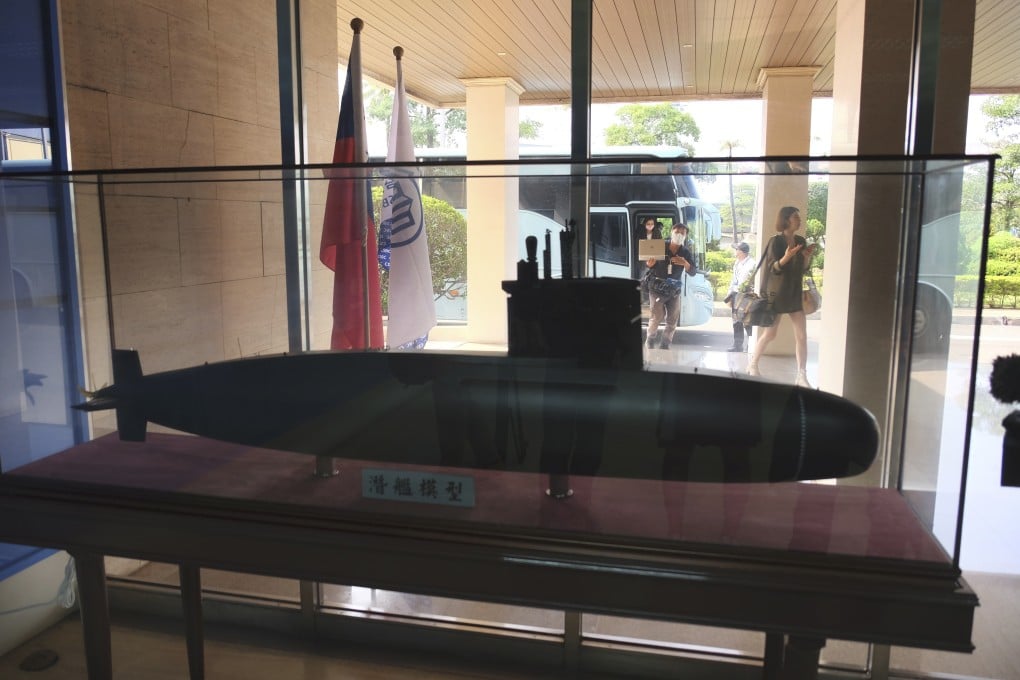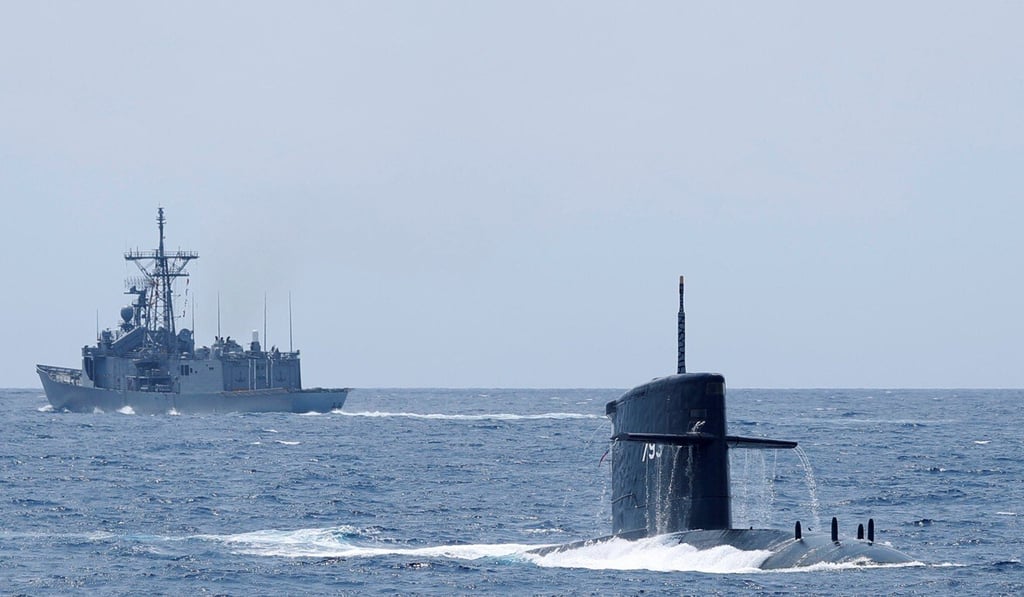Taiwan starts building its own submarines despite questions over ability to deter attacks from mainland China
- The island plans to construct eight vessels – a figure dwarfed by China’s current fleet of 60 subs
- Supporters of the project say they can still help stop invasion from the Chinese mainland under the asymmetric warfare strategy

Taiwan has started work on its first indigenous submarine as it seeks to overhaul its ageing fleet – but some sceptics have questioned whether it will bring any benefits given mainland China’s overwhelming strength in numbers.
But some analysts say that no matter how big the People’s Liberation Army’s submarine fleet is, the self-ruled island needs the eight subs it is planning to build as part of its asymmetric warfare strategy to defend against any attack.
Taiwan’s CSBC Shipbuilding was awarded the NT$49.5 billion (US$1.7 billion) contract to build the first submarine after Taiwan was unable to find a foreign supplier.
Beijing has repeatedly warned other countries not to sell arms to Taiwan, which it considers to be part of its territory to be brought back under mainland control – by force if necessary.
Construction of the prototype submarine will take 78 months and it will be delivered to the Taiwanese navy by 2025.
